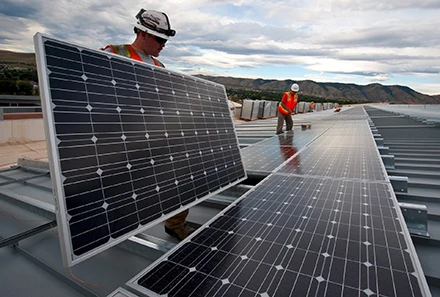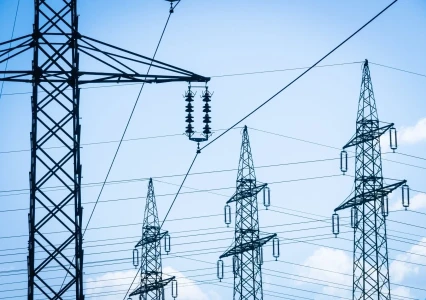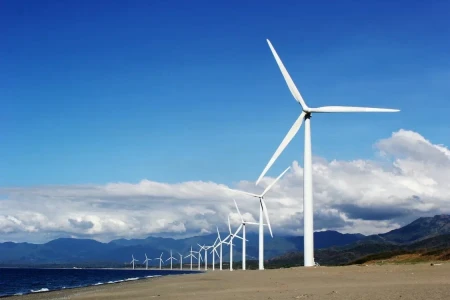Renewable Energy Job Creation Is a Better Bet Than Coal

When it comes to renewable energy job creation, the Trump administration would do well to take a fresh look at clean energy rather than focusing only on fossil fuels. The solar power sector employed twice as many workers in 2016 than power generation from coal, gas and oil combined, according to a U.S. Department of Energy report on employment in energy and energy efficiency.
The solar workforce was about 374,000-strong, making up around 43% of the total employees in the power generation field. Wind power employed 101,738 workers, an increase of 25%. Coal, gas and oil-fired generation together accounted for just over 187,000 jobs, or 22% of the workforce.
A majority of fossil fuel energy jobs are in mining and extraction rather than power generation, but these jobs are declining. Coal mining reached its peak employment in 2012, and now employs around 53,000. Oil and gas extraction jobs reached a peak in 2014 with 541,000 jobs, and in mid-2016 had 388,000 workers.
According to a report from the Environmental Defense Fund (EDF) solar jobs are growing at a rate 12 times faster than the rest of the U.S. economy. Plus they are “generating more jobs per dollar invested–more than double the jobs created from investing in fossil fuels.”
What’s more, many of these renewable energy and energy efficiency jobs are local, pay well, and can be found in any state, says Liz Delaney, a program director at EDF. Jobs in renewables and energy efficiency are also growing, unlike those in fossil fuels. The DOE report says that wind and solar jobs increased by 32% and 25% respectively between 2015–2016. The energy efficiency sector is projected to have the highest growth this year at 9%, with employers expecting to hire 198,000 more people in 2017.
“The main factor behind this growth is the economic drivers,” Delaney says.
She points to dropping wind and solar prices, and the fact that businesses are recognizing that energy-efficiency measures are a cost-effective way to save money. “Whether or not you’re an environmentalist this just makes good business sense,” she says.








